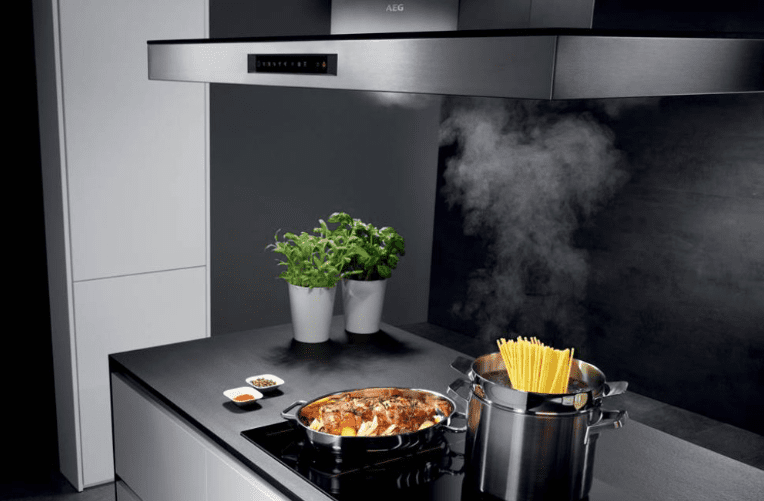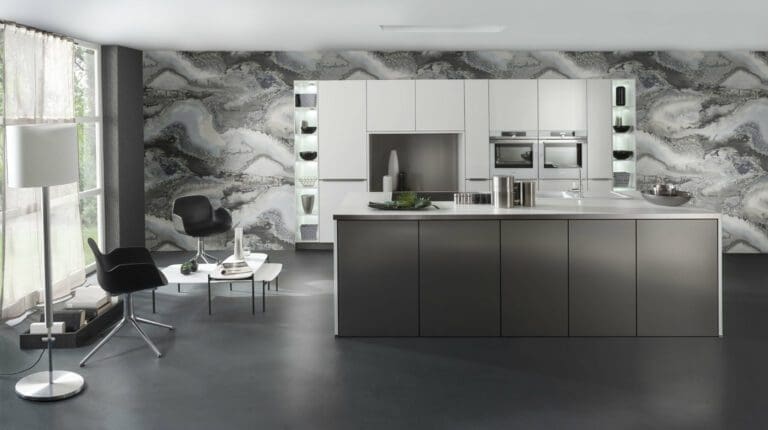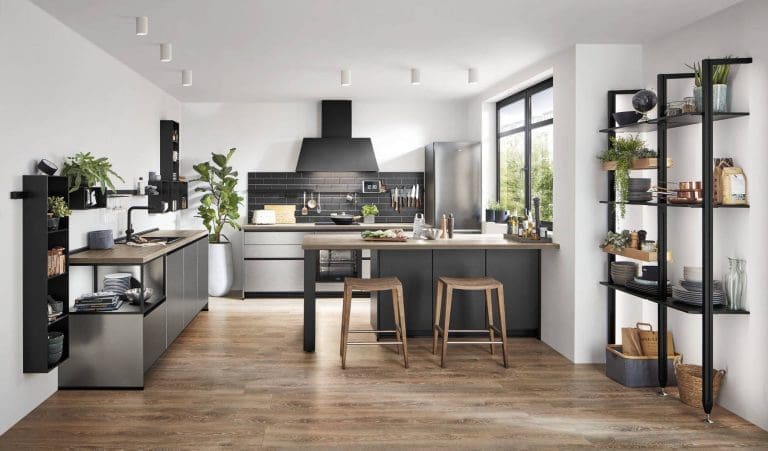How to Select and Position Kitchen Lighting to Create a Functional and Aesthetically Pleasing Space
When it comes to kitchen design, lighting is often overlooked, but it plays a crucial role in creating a space that is both functional and visually appealing. The right kitchen lighting can transform your kitchen, making it easier to prepare meals, entertain guests, and enjoy family time. Here, the Kitchen Experts will guide you through the process of selecting and positioning kitchen lighting to ensure your space is both practical and beautiful.
1. Understanding the Importance of Kitchen Lighting
Kitchen lighting is not just about brightening up a room; it’s about enhancing the way you use the space. In the kitchen, where tasks like chopping, cooking, and cleaning are carried out, good lighting is essential for safety and efficiency. Beyond practicality, lighting also contributes to the overall atmosphere, helping to set the tone and style of your kitchen.
A well-lit kitchen can make your space feel larger, more welcoming, and more comfortable. Poor lighting, on the other hand, can lead to frustration, difficulty in cooking, and even accidents. Therefore, understanding the importance of kitchen lighting is the first step in creating a space that works for you.

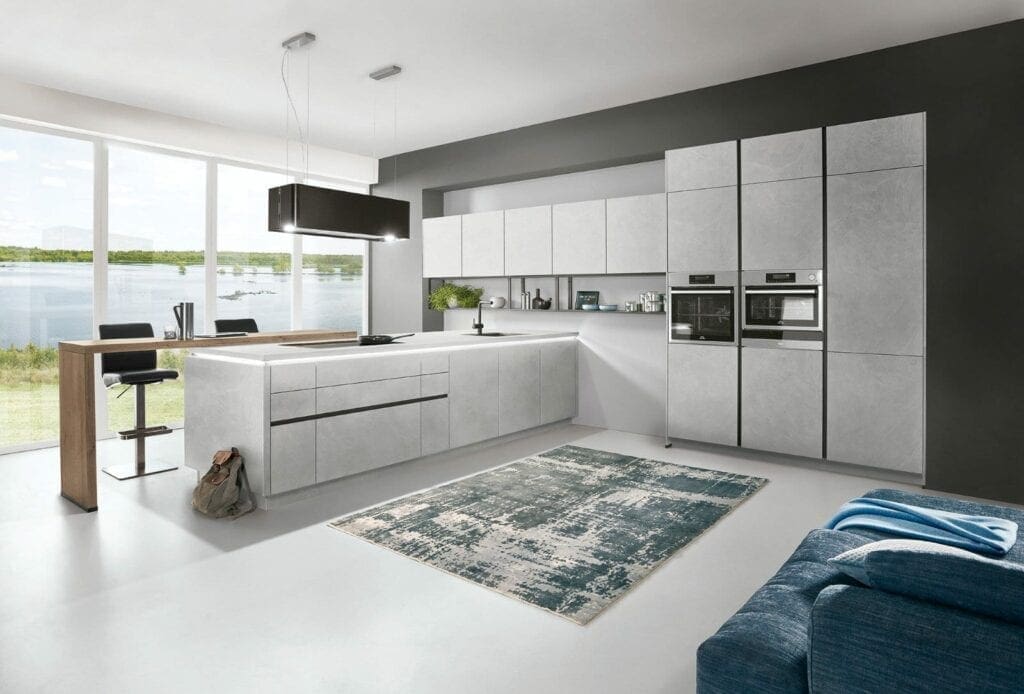
2. Types of Kitchen Lighting
There are three main types of kitchen lighting: ambient, task, and accent lighting. Each serves a different purpose and, when combined, they create a layered effect that provides both functionality and style.
- Ambient Lighting
Ambient lighting is the general lighting that illuminates the entire kitchen. It’s the base layer of lighting that ensures the kitchen is well-lit and comfortable to be in. Typically, ambient lighting comes from ceiling fixtures such as recessed lights, pendant lights, or chandeliers.
- Task Lighting
Task lighting is more focused and is designed to illuminate specific areas where you perform tasks, such as the worktop where you prepare food, the sink where you wash dishes, or the hob where you cook. Under-cabinet lighting is a popular choice for task lighting as it provides direct light onto the worktop without casting shadows.
- Accent Lighting
Accent lighting is used to highlight certain features or areas of your kitchen, such as artwork, open shelving, or architectural details. This type of lighting is more about adding visual interest and creating a focal point in the room. Examples include track lighting, LED strip lights, or wall sconces.
3. Choosing the Right Lighting Fixtures
The choice of lighting fixtures is key to achieving both functionality and aesthetic appeal in your kitchen. Here are some factors to consider when selecting fixtures for each type of lighting:
- Ambient Lighting Fixtures
For ambient kitchen lighting, consider fixtures that provide ample light across the entire kitchen. Recessed lights are a popular choice as they are unobtrusive and can be placed strategically throughout the room to ensure even coverage. Pendant lights are another excellent option, especially over kitchen islands or dining areas, where they can also add a decorative element.
- Task Lighting Fixtures
When choosing task lighting, focus on fixtures that provide bright, direct light to your work areas. Under-cabinet lights are ideal for illuminating worksurfaces, while a well-placed pendant or a directional spotlight can work wonders over a hob or sink. Consider LED lights for task lighting as they are energy-efficient, long-lasting, and come in a range of brightness levels to suit your needs.
- Accent Lighting Fixtures
Accent lighting fixtures should complement your kitchen’s style while drawing attention to the areas you want to highlight. Track lighting offers flexibility, allowing you to adjust the direction of the light to focus on different features. LED strip lights are another versatile option, especially for adding a subtle glow to open shelves or underneath cabinets.


4. Positioning Your Kitchen Lighting
The placement of your lighting fixtures is just as important as the type of kitchen lights you choose. Correct positioning ensures that your kitchen is well-lit, with no dark corners or overly bright areas.
- Ambient Lighting Placement
Ambient lighting should be evenly distributed throughout the kitchen to provide consistent light. Recessed lights should be spaced evenly across the ceiling, ensuring they are not too close to the walls to avoid casting shadows. If you’re using pendant lights as part of your ambient kitchen lighting, consider their height and spacing, particularly over an island or dining table, to ensure they provide sufficient light without obstructing the view.
- Task Lighting Placement
The key to effective task lighting is to position the lights where they will directly illuminate your work areas. For example, under-cabinet lights should be placed towards the front of the cabinet to cast light over the worktop, not the back of the worktop where they might create shadows. Pendant lights over an island or breakfast bar should be hung at a height that provides focused light while still allowing for an unobstructed view.
- Accent Lighting Placement
Accent lighting should be positioned to highlight the features you want to draw attention to. If you’re using track lighting, adjust the lights to focus on your chosen focal points, such as artwork or a display cabinet. LED strip lights can be placed along the underside of cabinets, along the base of an island, or within shelving to create a warm, inviting glow.
5. Tips for Creating a Balanced Lighting Scheme
Achieving the right balance of lighting in your kitchen is essential for both functionality and aesthetics. Here are some tips to help you create a well-balanced lighting scheme:
- Layer Your Kitchen Lighting
Don’t rely on a single light source to illuminate your kitchen. Instead, layer your lighting by combining ambient, task, and accent lights. This approach ensures that every area of your kitchen is well-lit and that you can adjust the lighting to suit different activities and moods.
- Consider the Colour Temperature
The colour temperature of your lights can significantly impact the atmosphere of your kitchen. Warm white lights (around 2700K to 3000K) create a cosy, inviting feel, while cooler white lights (around 4000K to 5000K) are better suited to task lighting as they provide a brighter, more focused light. Consider using warmer lights for ambient and accent lighting, and cooler lights for task areas.
- Use Dimmers for Flexibility
Installing dimmer switches allows you to adjust the brightness of your kitchen lighting to suit different occasions. For example, you might want bright lights when cooking, but a softer, more relaxed ambiance when dining or entertaining. Dimmers give you the flexibility to create the perfect lighting for any situation.
- Avoid Over-Lighting
While it’s important to have sufficient lighting in your kitchen, be careful not to over-light the space. Too many lights or excessively bright lighting can make your kitchen feel harsh and uncomfortable. Focus on strategic lighting that provides enough light where you need it without overwhelming the space.
- Reflect on Your Kitchen’s Layout
The layout of your kitchen will influence where and how you position your lighting. Consider the natural light available, the size and shape of the room, and the placement of key features like the hob, sink, and worktops. Tailor your lighting scheme to complement these elements, ensuring that your kitchen is both practical and visually cohesive.

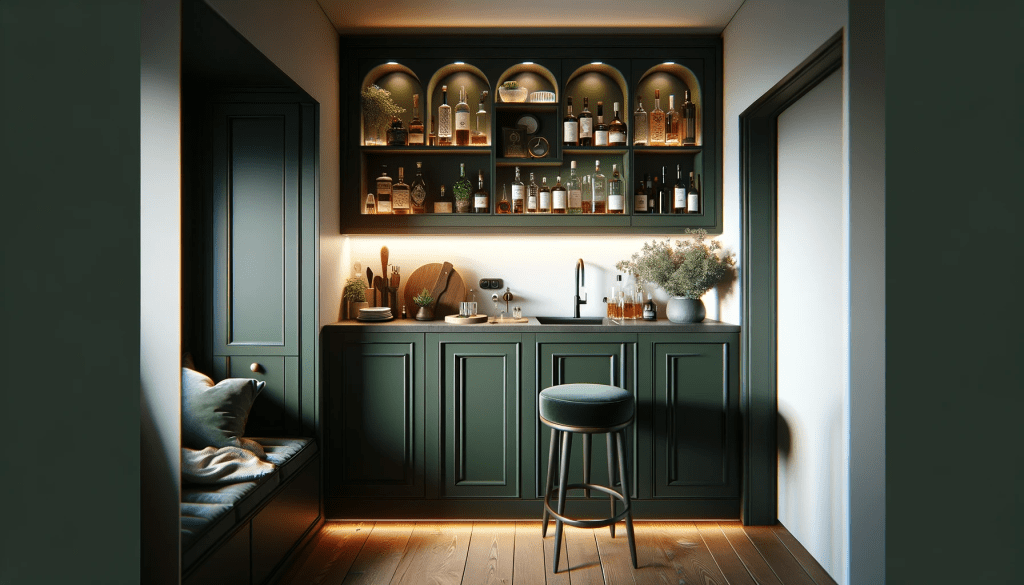
6. Final Thoughts
Selecting and positioning your kitchen lighting may seem daunting, but with careful planning, you can create a space that is both functional and beautiful. By understanding the different types of lighting, choosing the right fixtures, and positioning them strategically, you can enhance the usability and aesthetic appeal of your kitchen. Remember to layer your lighting, consider the colour temperature, and use dimmers for added flexibility. With these tips in mind, you’ll be well on your way to creating a kitchen that meets your needs but also reflects your personal style.
Good lighting is key to making your kitchen a space where you can cook, gather, and enjoy time with family and friends. So take the time to work with a Kitchen Expert to plan your lighting carefully, and you’ll see the difference it can make.
